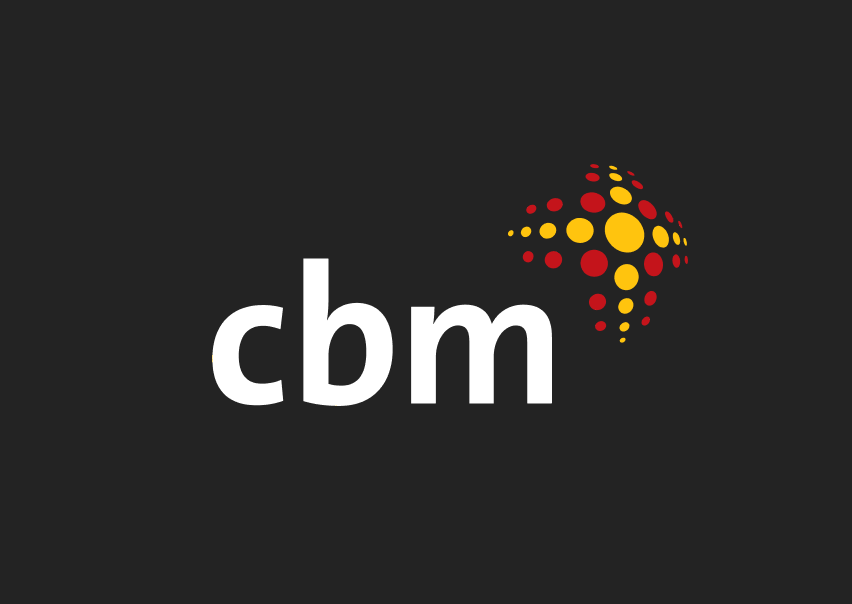What is clubfoot?
Stories | February 21, 2024
Clubfoot is one of a number of relatively common congenital anomalies that can be present from a baby’s birth.
Affecting one or both feet, clubfoot is a deformity of the foot, which sees a baby’s foot or feet twisted inwards. This is due to the tendons that connect a baby’s leg muscles to its foot being shorter than usual.
Although the precise cause of the condition is unknown, clubfoot affects up to twice as many boys as girls.
In many cases, clubfoot can be diagnosed during a prenatal ultrasound. When this is not possible, it is evident when a baby is born.
The good news is that there are effective and successful treatments for clubfoot, which can support children to live their lives free of disability.
Sadly, the World Health Organisation says that 80 per cent of untreated clubfoot cases are found in developing countries, such as those where CBM works.
Clubfoot does not improve without treatment, meaning too many people in developing countries experience the impact of severe lifelong disabilities that could be prevented.
What is the impact of clubfoot?
If clubfoot is not treated, which is sadly common in developing countries that may not have the physical or financial means to access support, it can severely limit life opportunities and outcomes for people.
This can include:
- Physical pain and discomfort
- Severely restricted range of movements
- Inability to carry out daily tasks
- Significant challenges caring for a family or finding and maintaining employment.
Who is at risk of clubfoot?
There are several risk factors for clubfoot, such as:
- Congenital conditions, such as spina bifida. Up to 50 per cent of people with spina bifida also experience clubfoot.
- Family history, particularly a parent or parents who have clubfoot.
- Multiple gestations, meaning a baby is born as a twin or triplet.
What is the treatment for clubfoot?
The most common, effective treatment for clubfoot is the Ponseti method.
This non-surgical process re-corrects the position of the foot by using a series of casts, and later braces, to support the normal growth and development of tendons and muscles in the foot and leg.
The Ponseti method has a success rate of 98 per cent, and is recognised as a suitable option for developing countries due to its cost effectiveness.
Donate today to help provide urgent medical care to treat conditions like clubfoot.
https://www.cbm.org.au/stories/what-is-clubfoot
Related Stories

Share your advocacy preferences with us
Thank you for helping us to advocate for the one billion people with disability globally. CBM Australia advocate across...

Advent 2025: Jesus’ way leads to fullness
The way of Jesus gives people freedom and empowers them to live out their God-given purpose. The last few weeks...

Advent 2025: Preparing the way produces fruit
John the Baptist called people to prepare for God’s presence through repentance and by producing fruit (acts of justice,...
